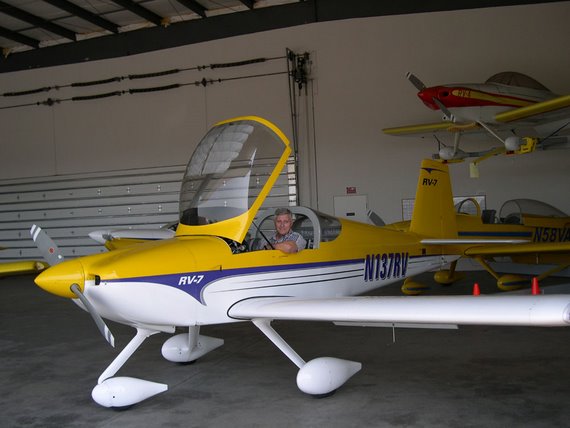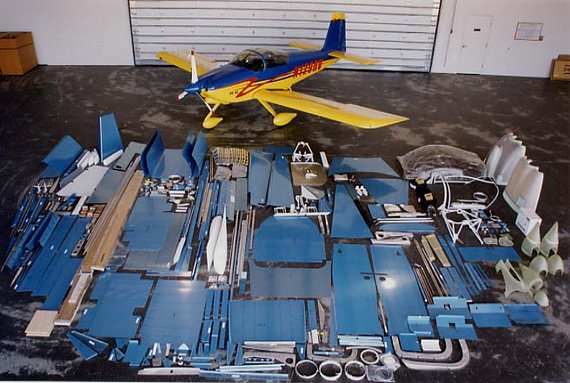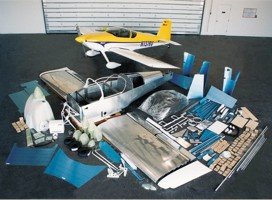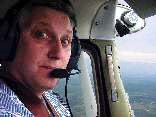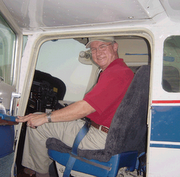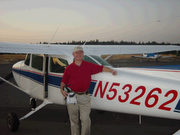 If you don't know where Mokelumne Hill, CA is; it roughly East of Sacramento. I had purchased a Tom Tom GPS to aid with my land navigation. I'm glad I did as it was able to guide me to the trail head of the one lane winding road that took us eventually to the factory. It's about a 15 minute drive once you find the trail. Here is what the terrain looks like.
If you don't know where Mokelumne Hill, CA is; it roughly East of Sacramento. I had purchased a Tom Tom GPS to aid with my land navigation. I'm glad I did as it was able to guide me to the trail head of the one lane winding road that took us eventually to the factory. It's about a 15 minute drive once you find the trail. Here is what the terrain looks like. 
My cell phone had lost contact with civilization and the GPS said I had left the road. So I wondered as I kept going up this winding ice covered road what I would do if something happened. Visions of survivor man were tripping thru my head. Can I start a fire?... I digress.
Anyway I had faith and wanted very much to meet Craig and visit the birthplace of our beautiful propeller.

I had found the entrance, but didn't have the code to open the gate.
Did I mention my cell phone was useless?
Fortunately, the neighbor let me use his land line to contact Craig and he let us in.
I don't think they get many visitors up here.

Since it's people that are really important let me introduce Craig.
Craig is very kind and knowledgeable.
He explained to me that he is in the process of expanding his operation to keep up with demand.
Each of the clipboards you see on the walls represents a propeller order.

There are two full time employees at Catto.
Nadine is the office manager.
She has been very helpful to me.

Manny is the wizard's apprentice and works in the factory.

Here are some of the rough-cut wooden cores.
After they are worked down to their finish cross section, there are two layers of carbon fiber and four layers of fiberglass applied.
The finished product is light, strong, and efficient.
Craig was telling me that many of the racers use his propellers.

As a part of the expansion, Craig was showing me this apparatus which is used to create a 3D digital model of the airfoil.
This will then be used to direct a three axis router.
This should ensure that every prop is exactly to spec and do it quickly.

So we left the propeller there and continued on to our vacation cruise.
On our way back, Manny was kind enough to meet us at the trail head
with our prop, spinner and extension plate.
Here's another VAF siting.
I am glad we took the side trip.

Our party included nine adults and seven grandkids.
Having the whole family together (for me)made it the best cruise so far.









